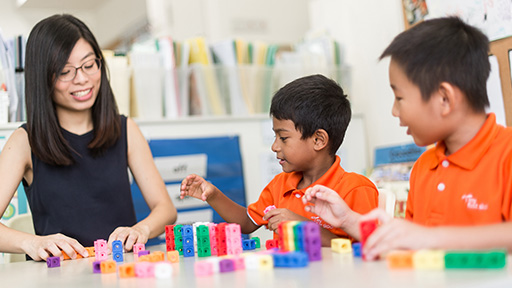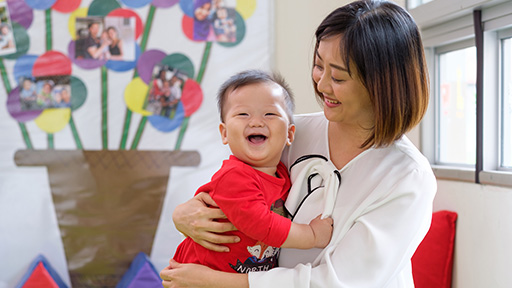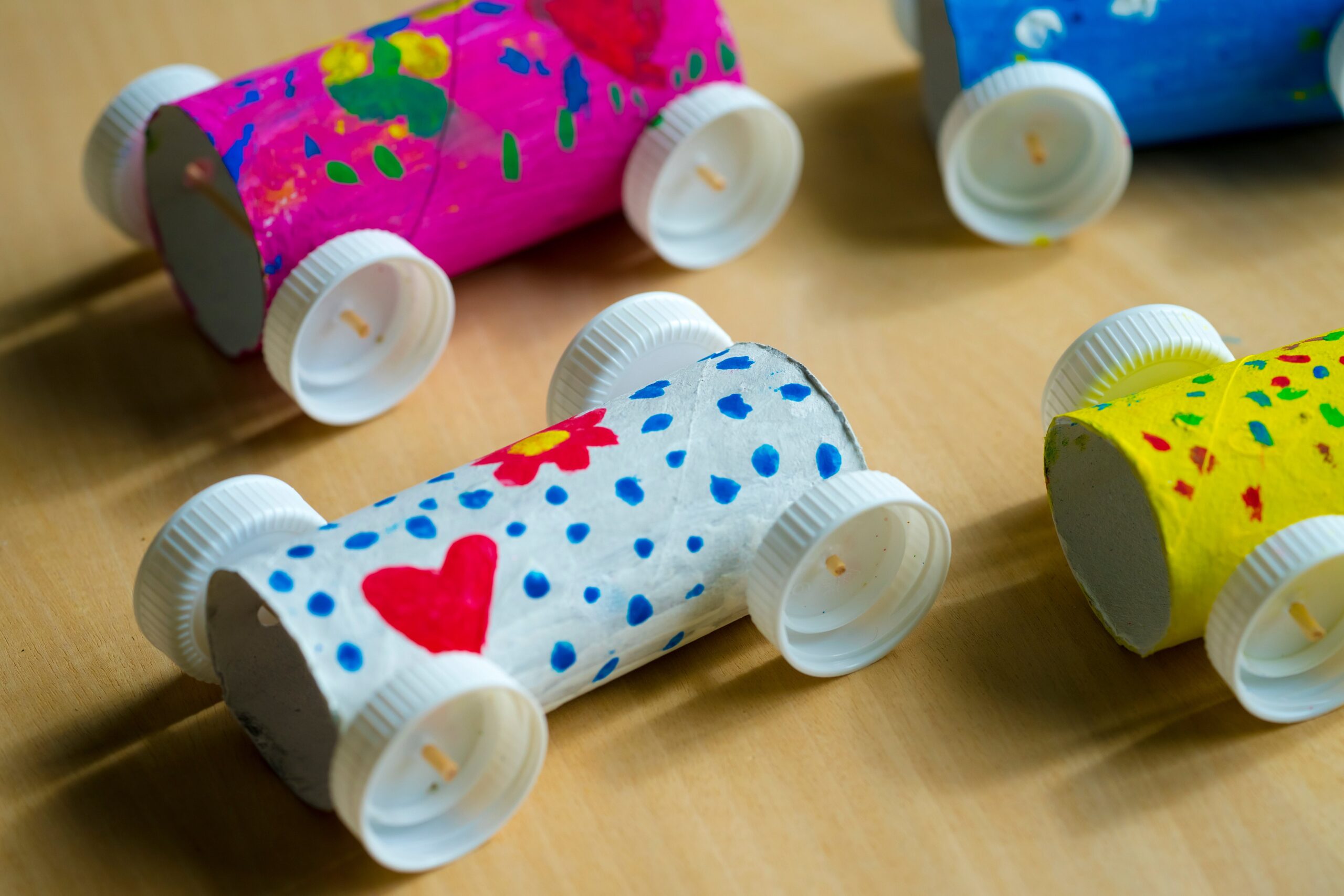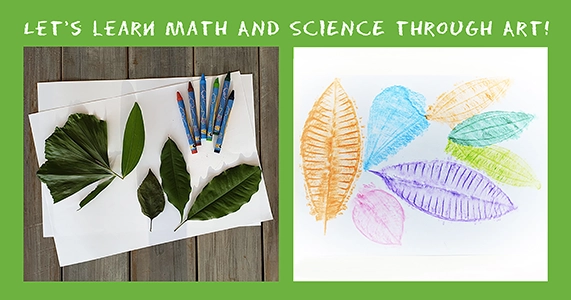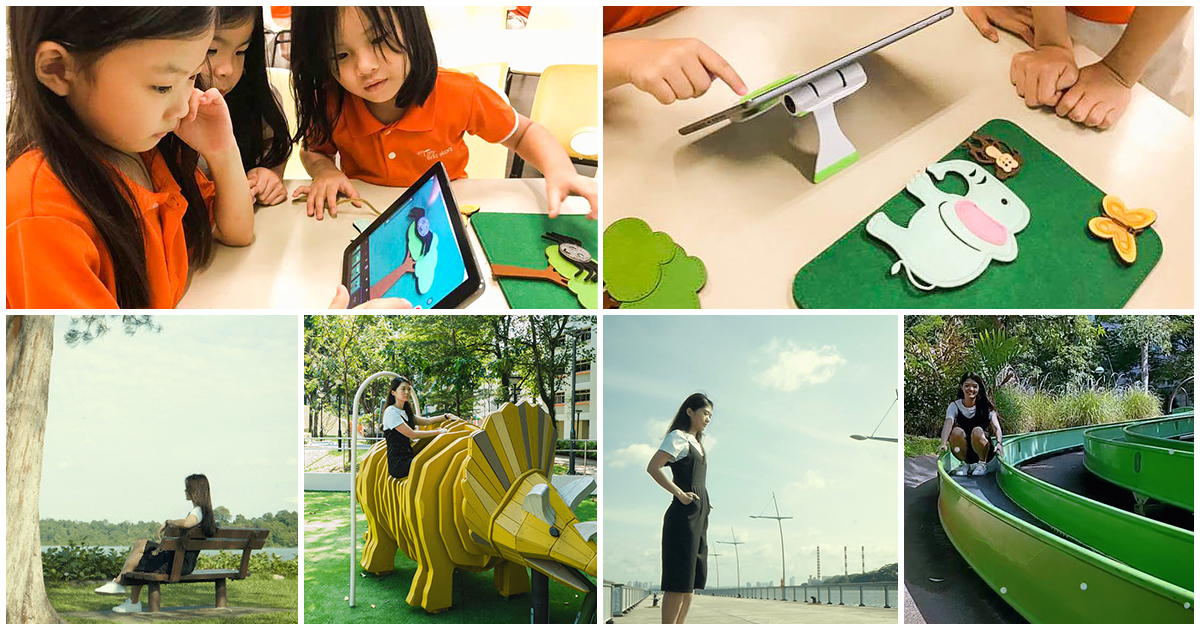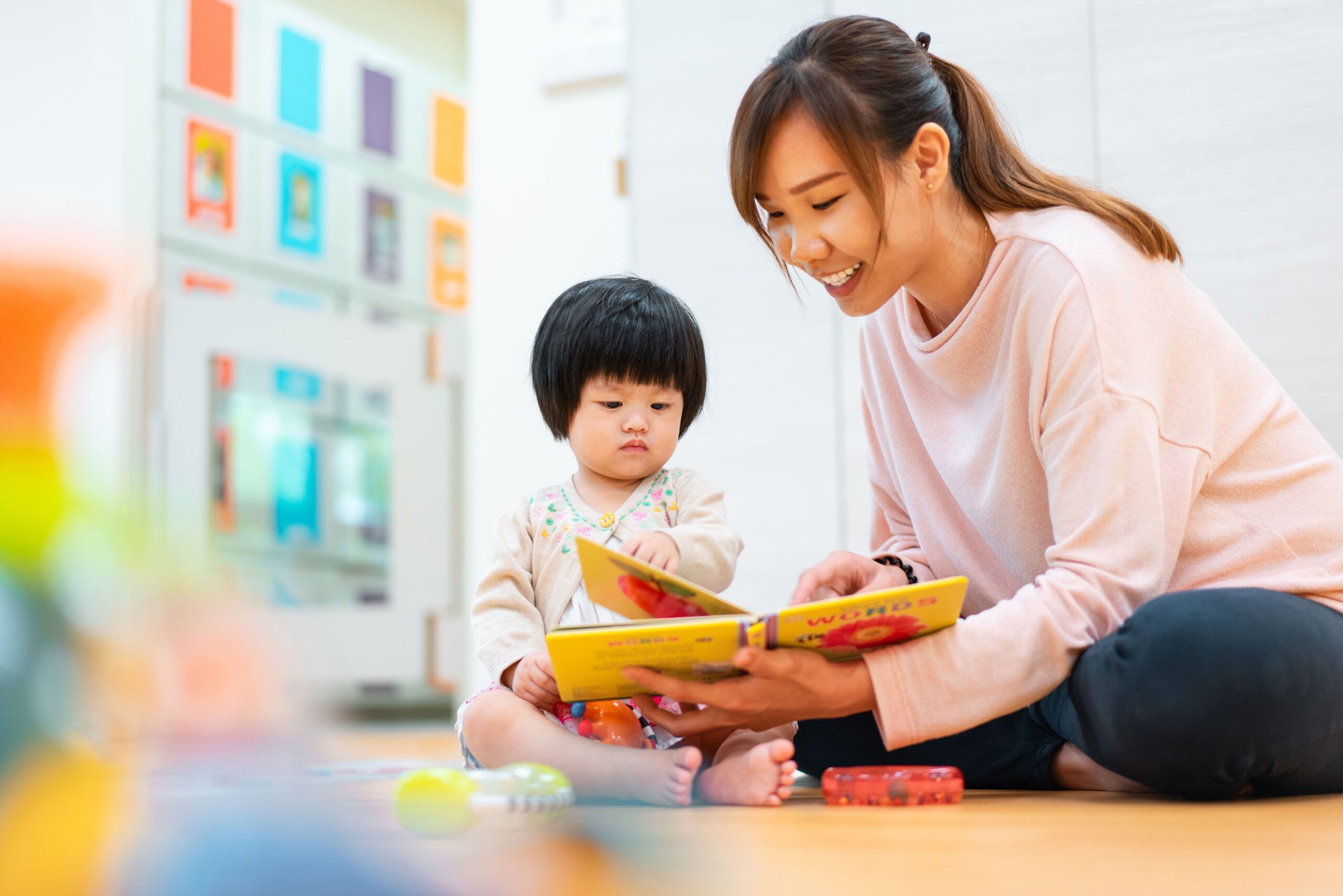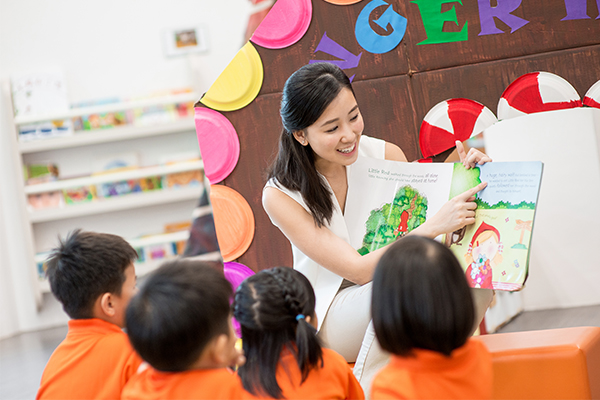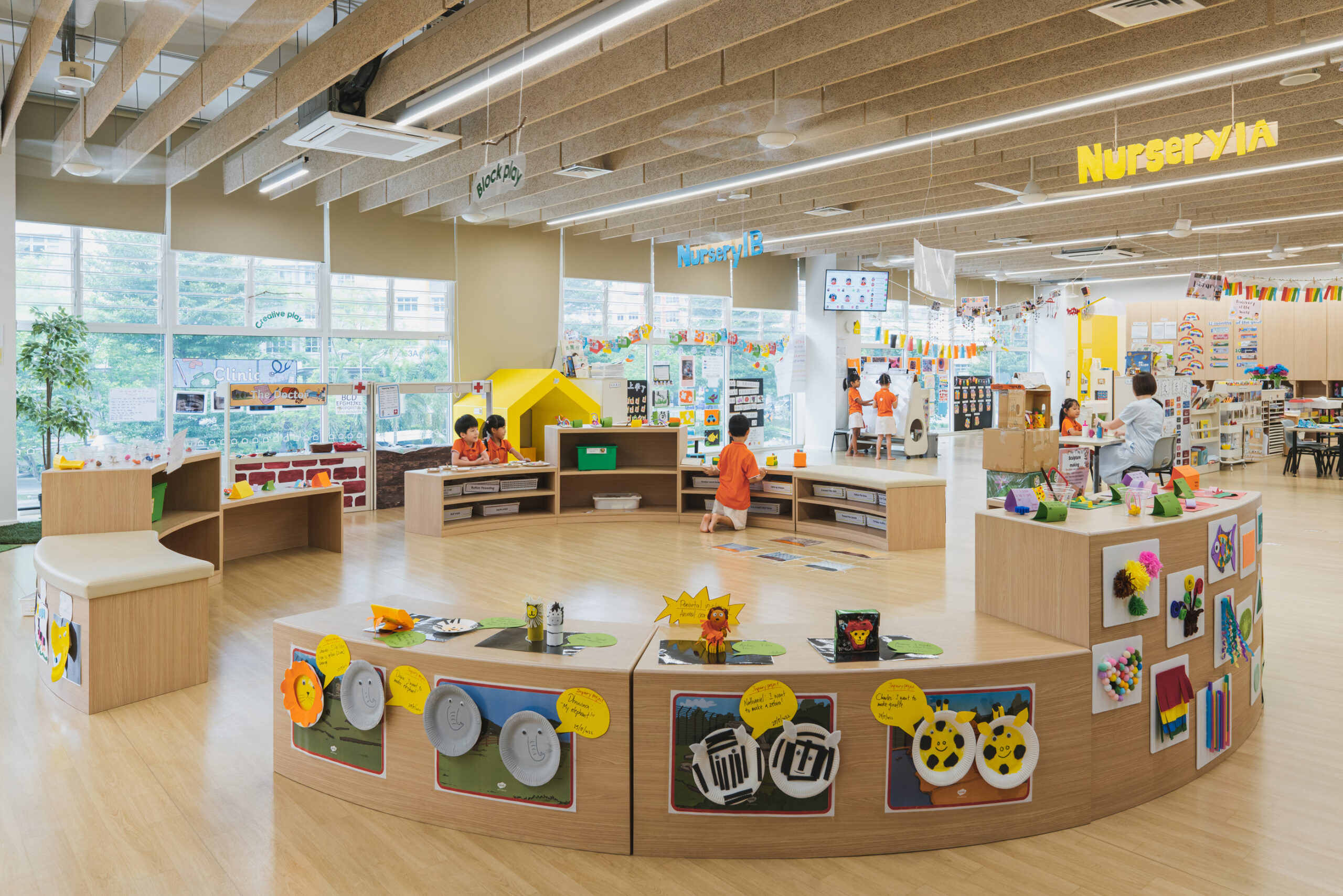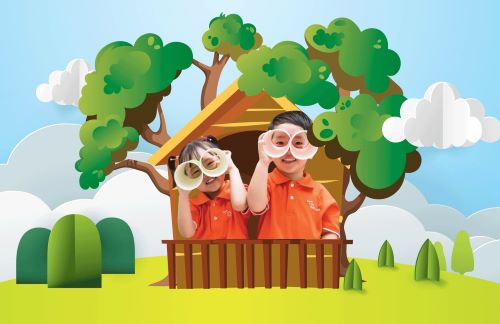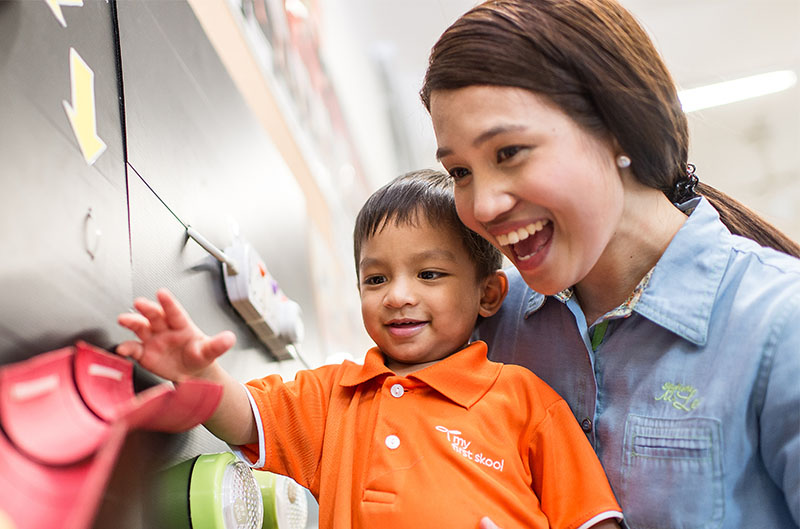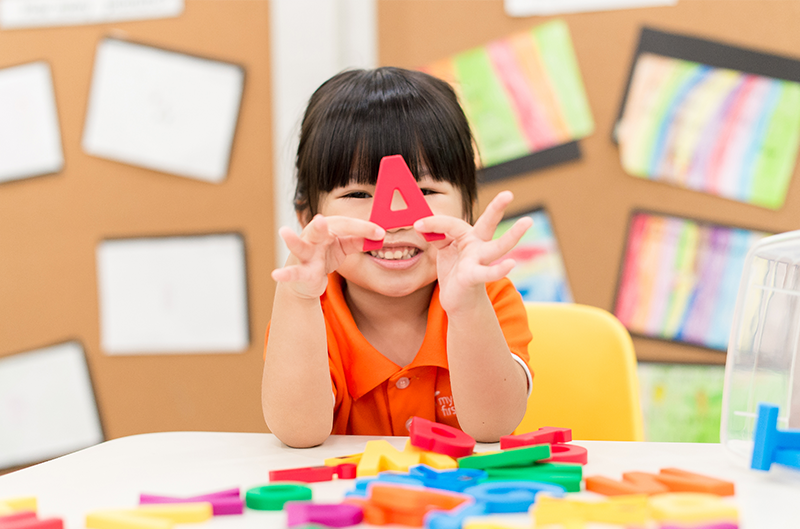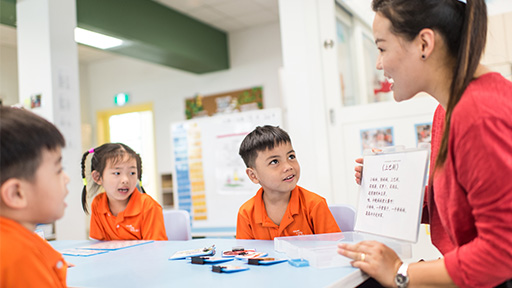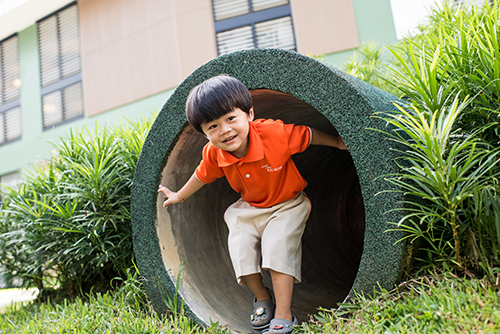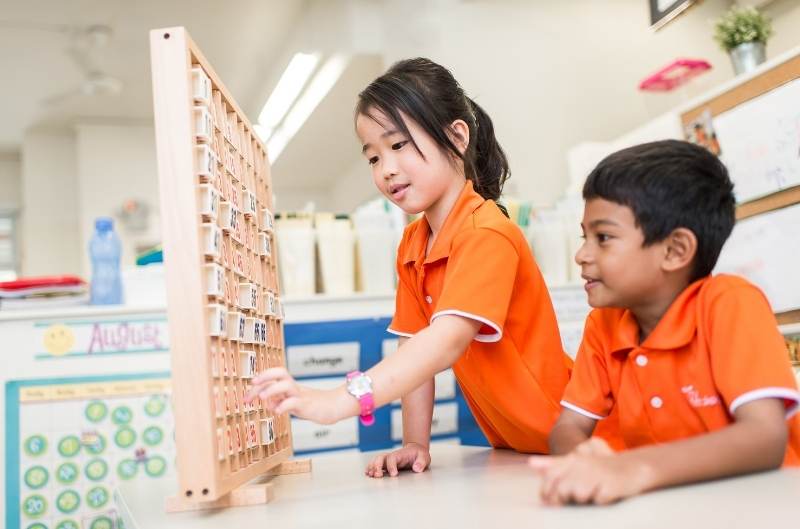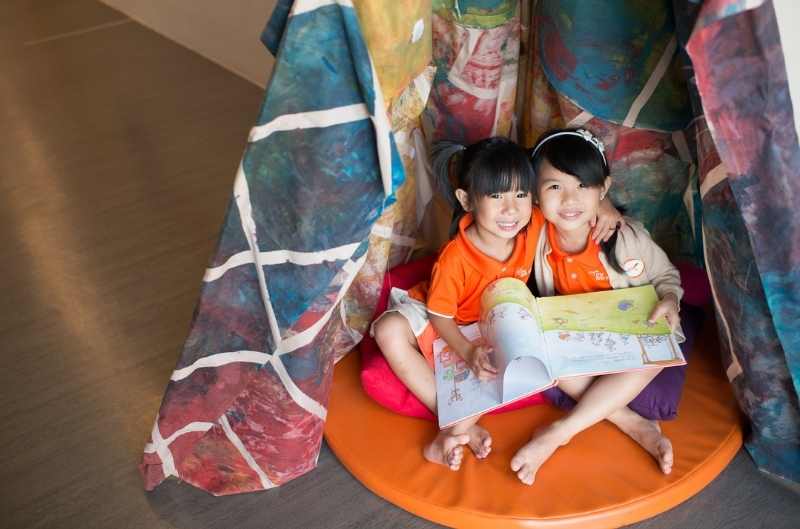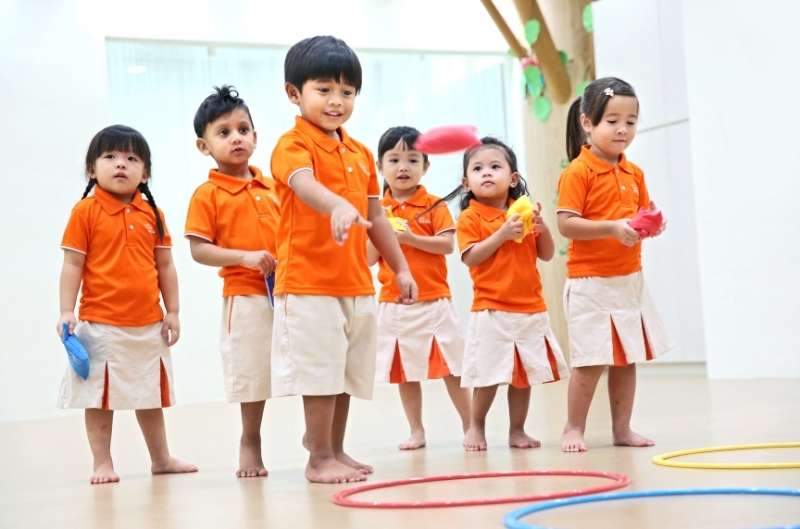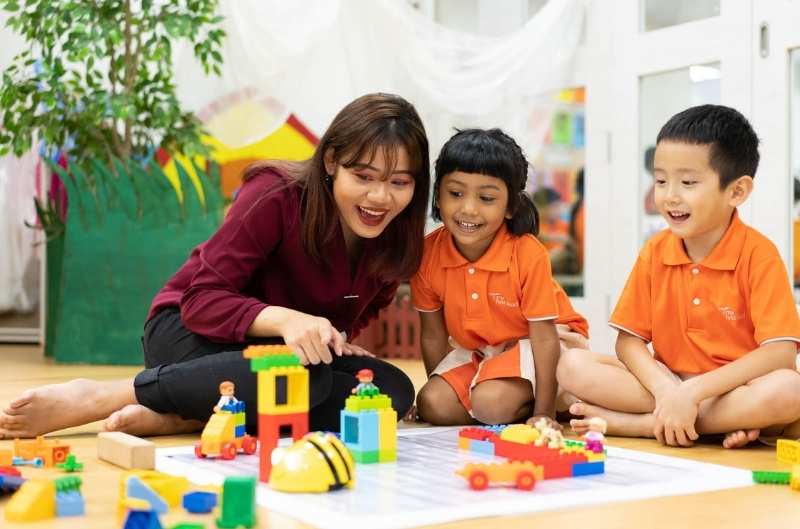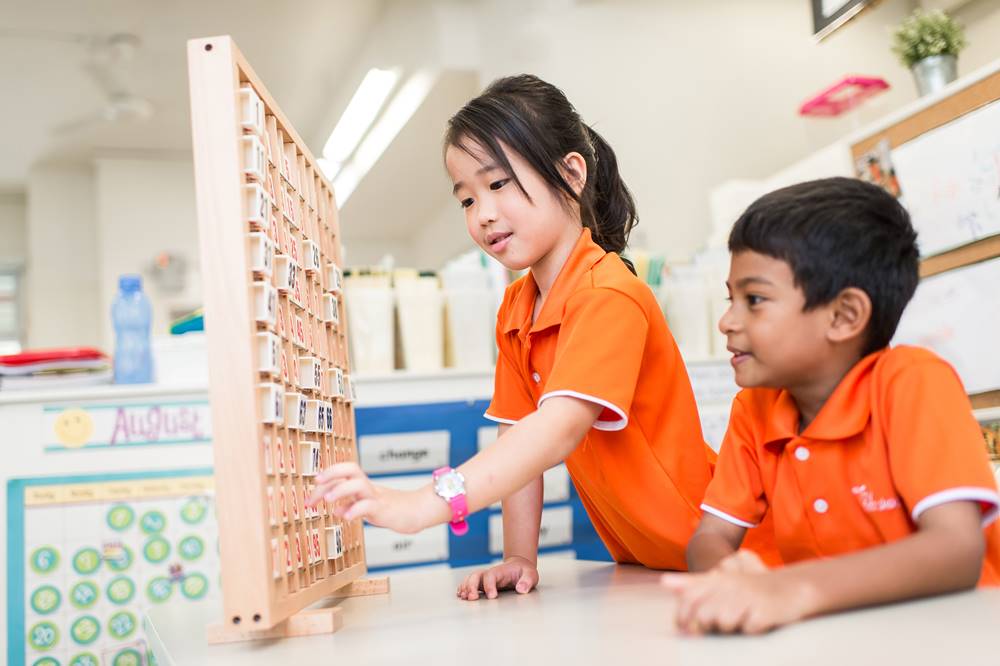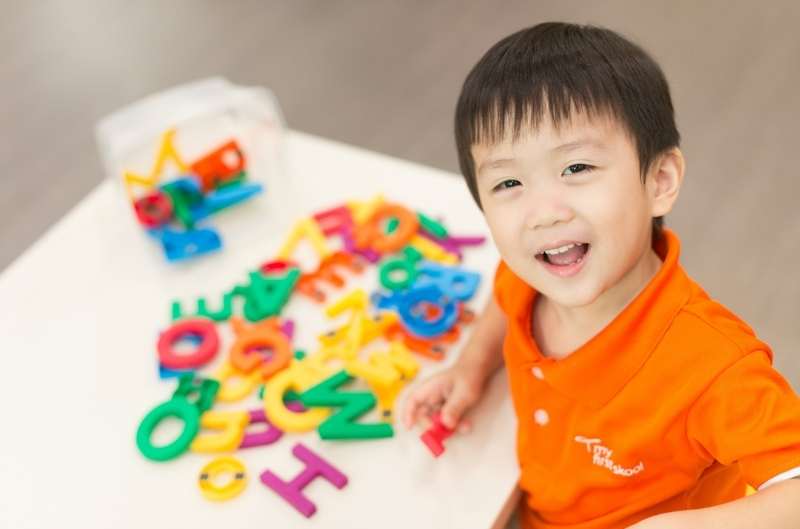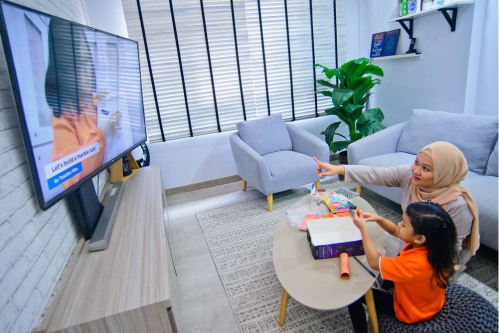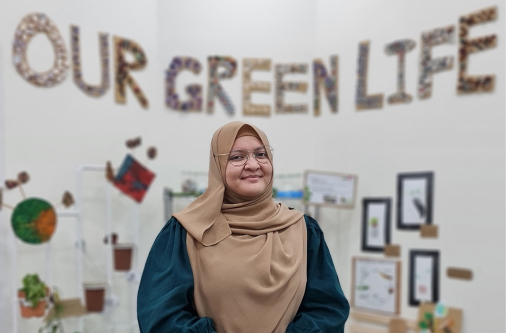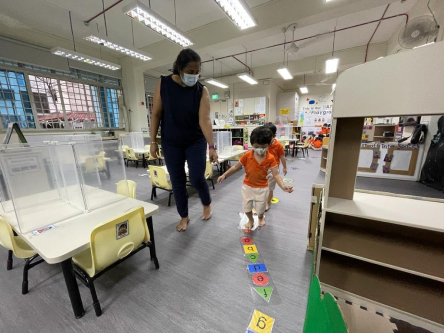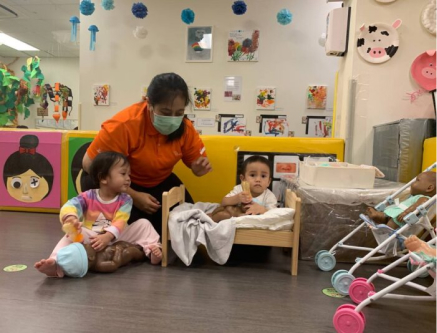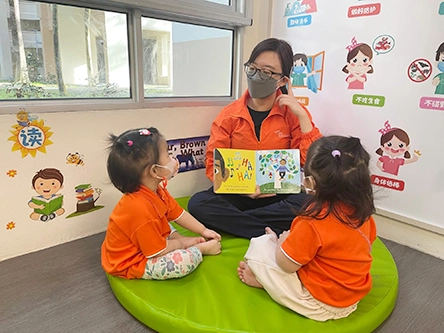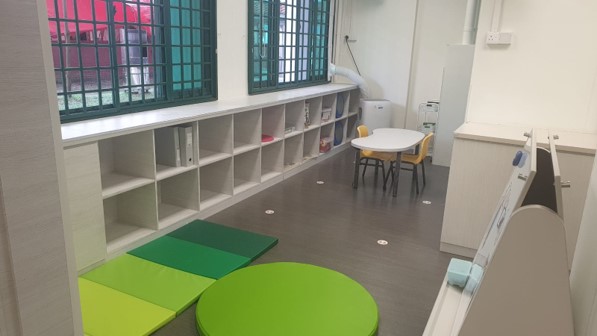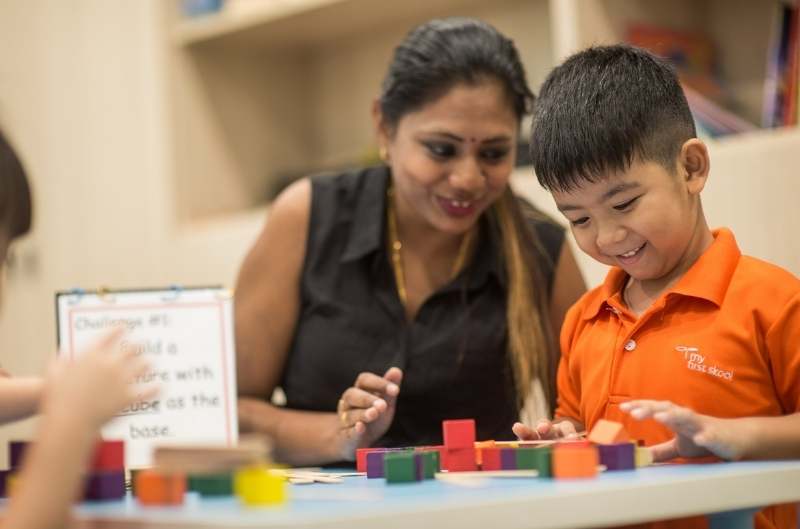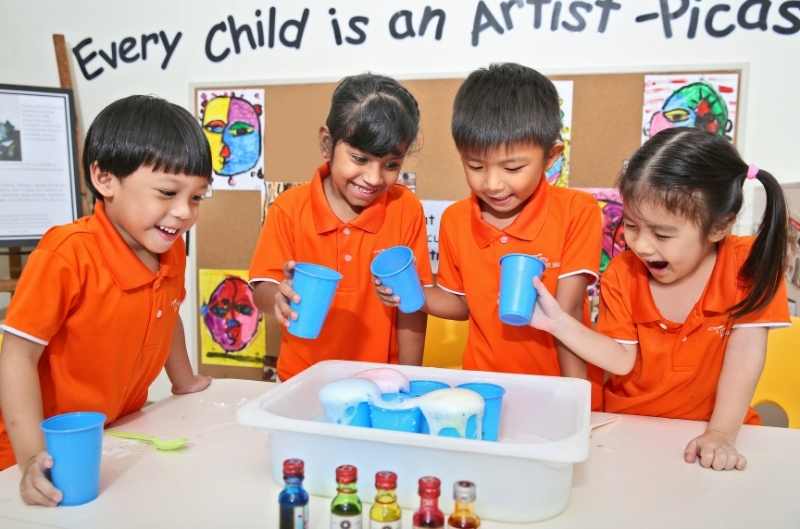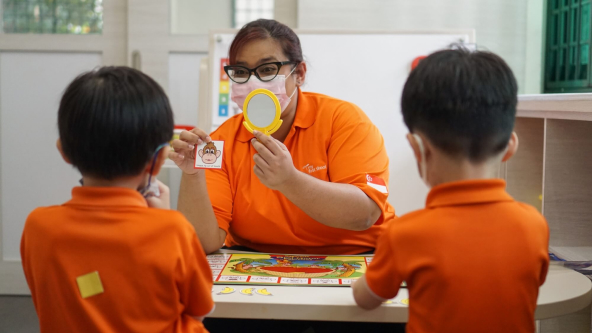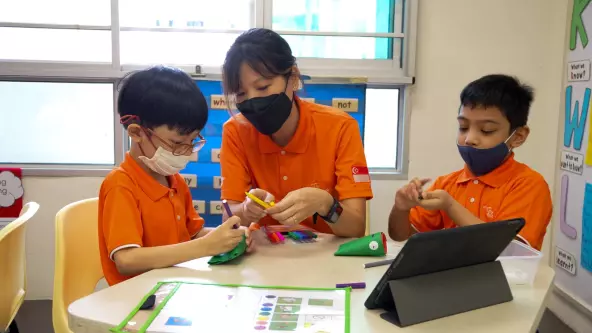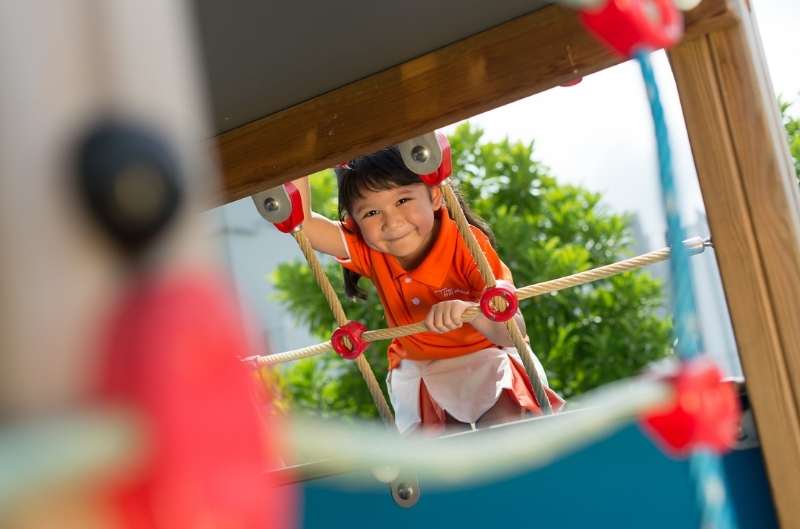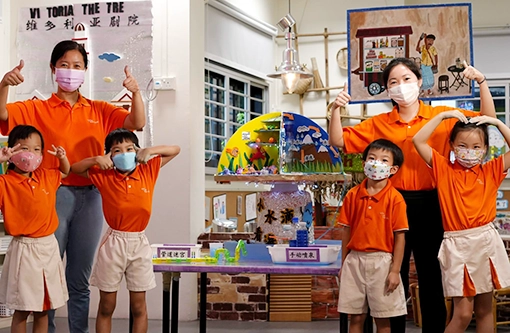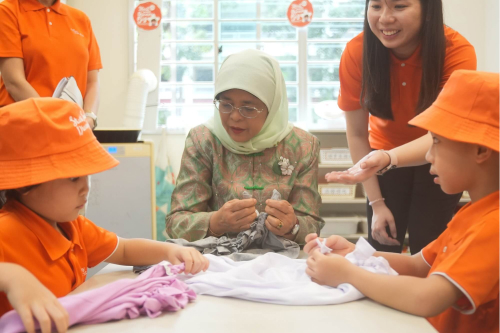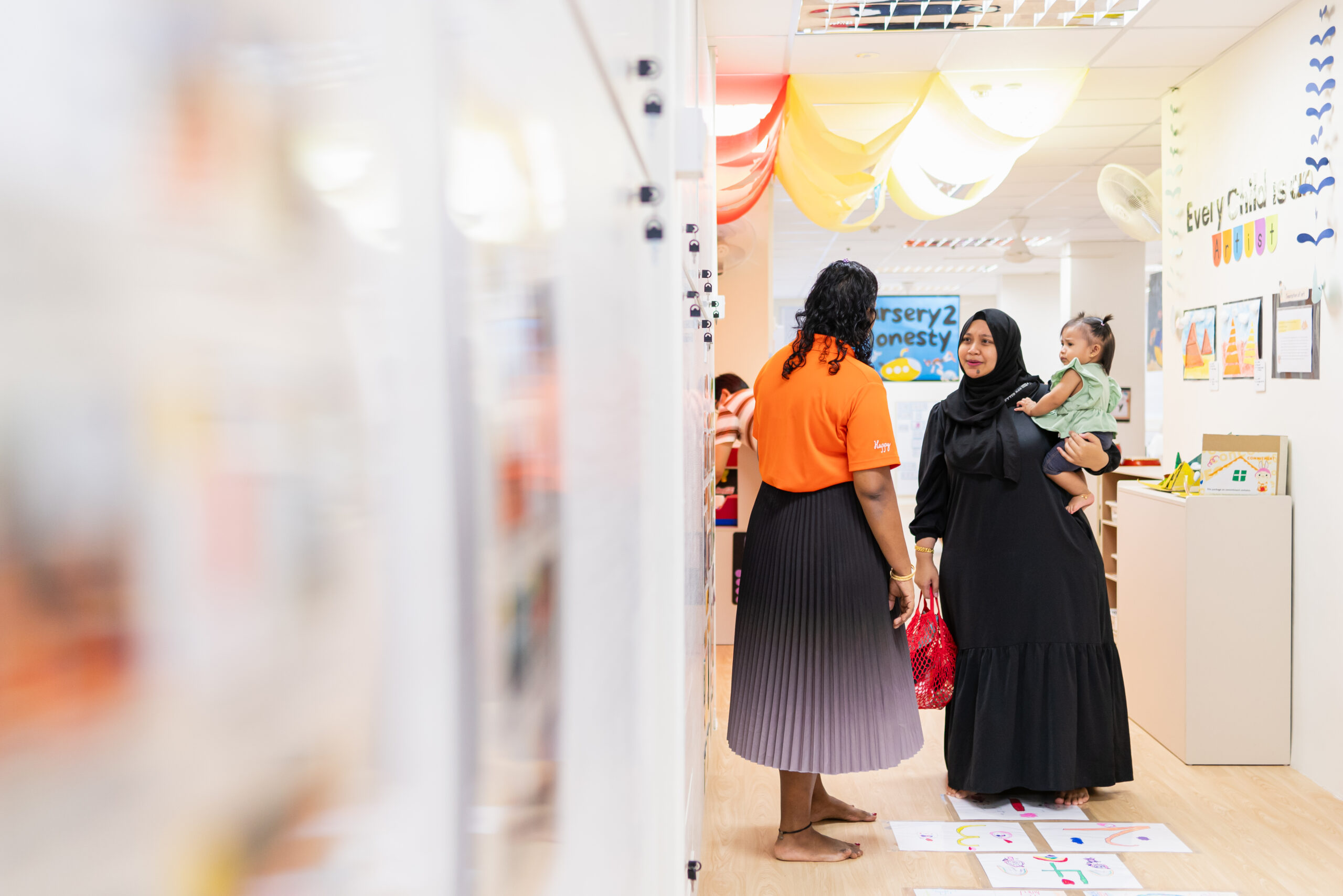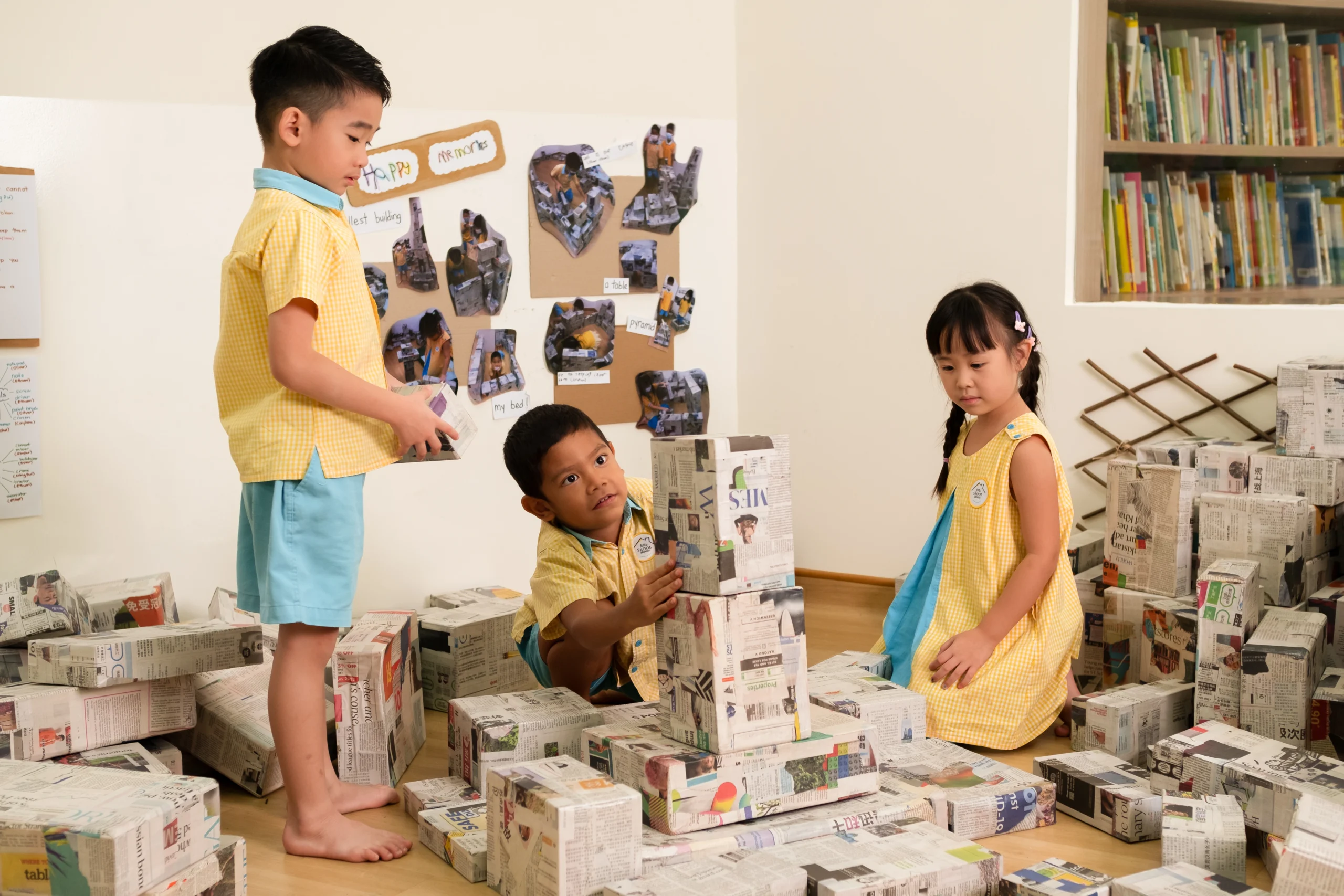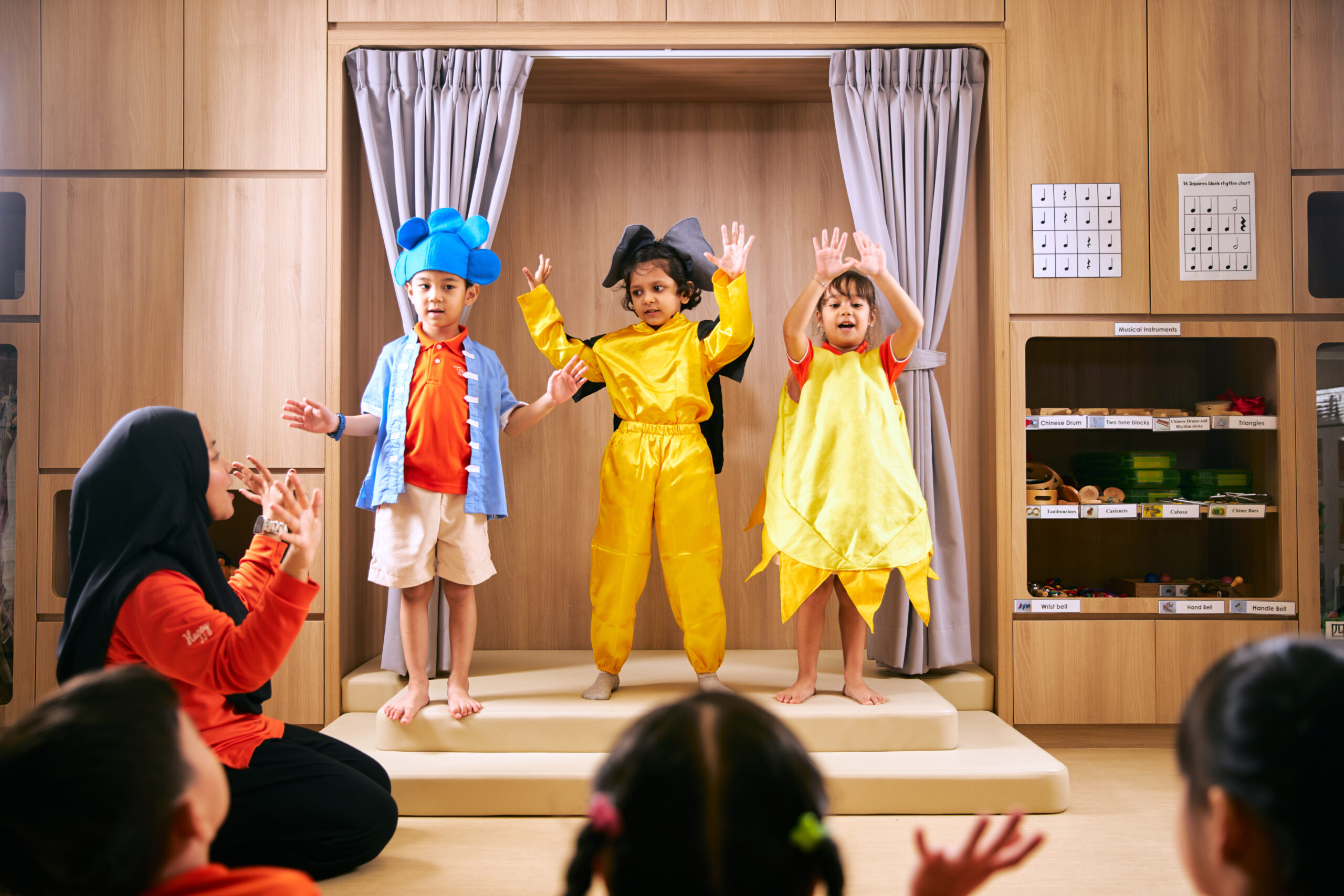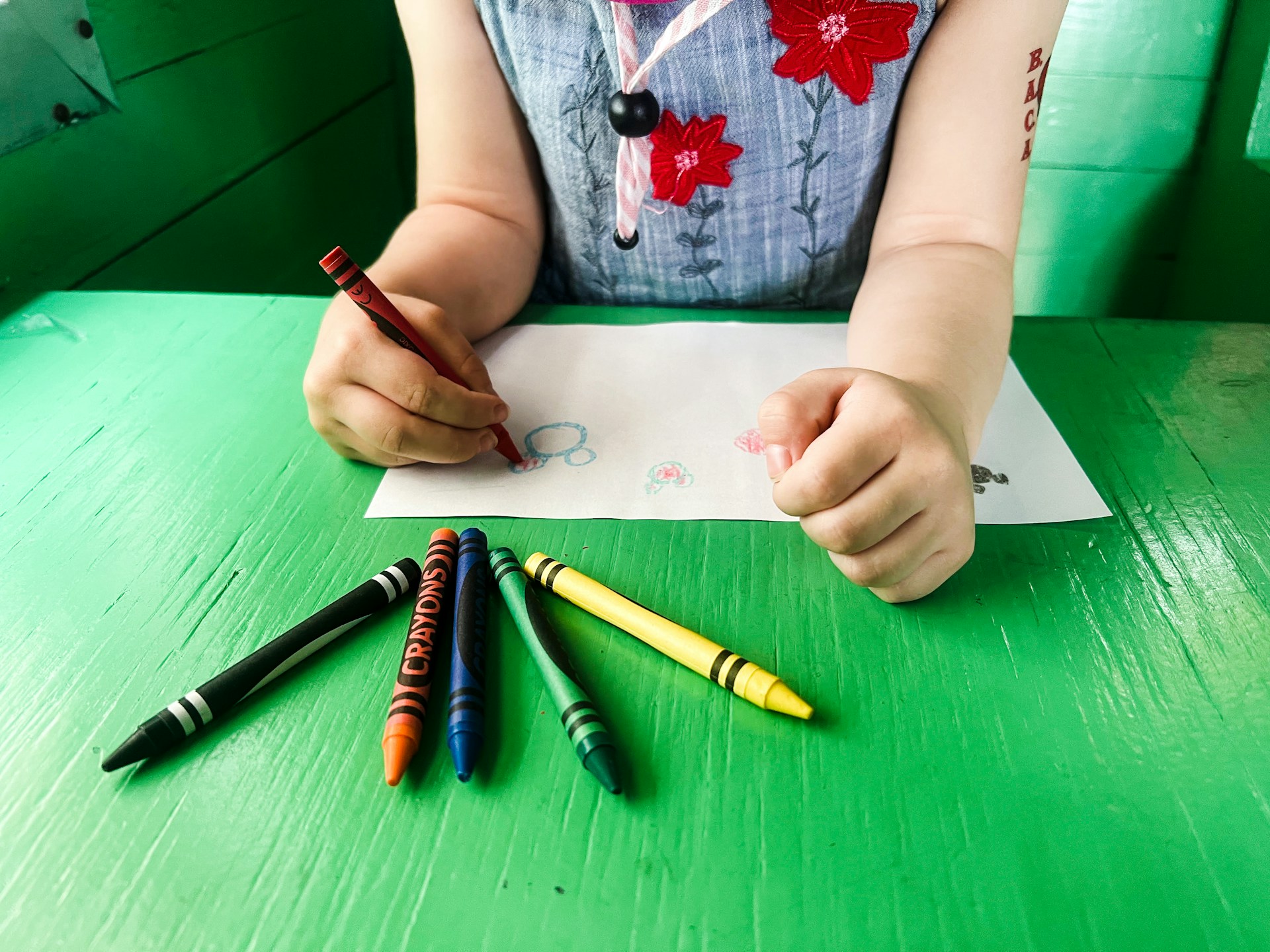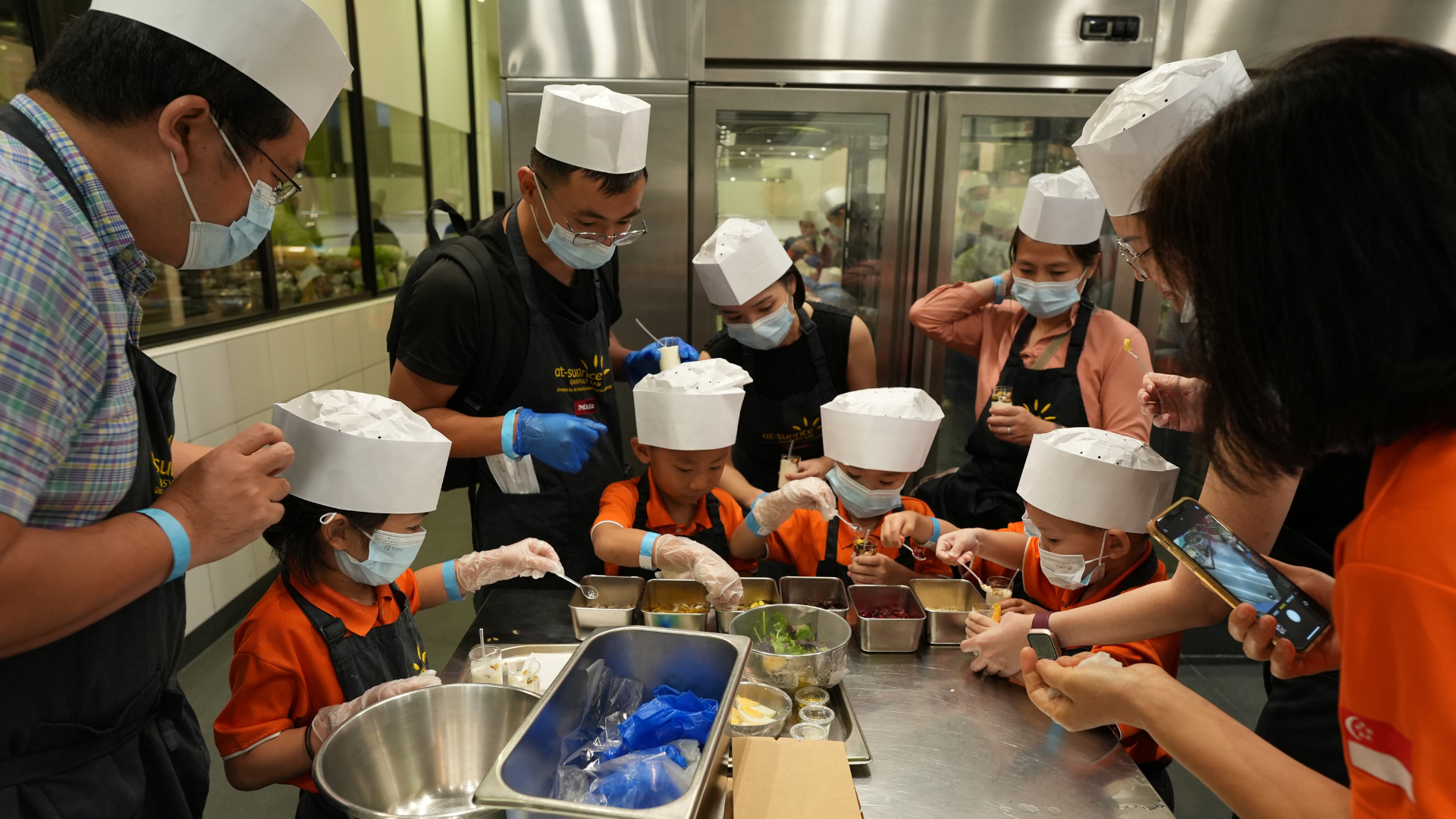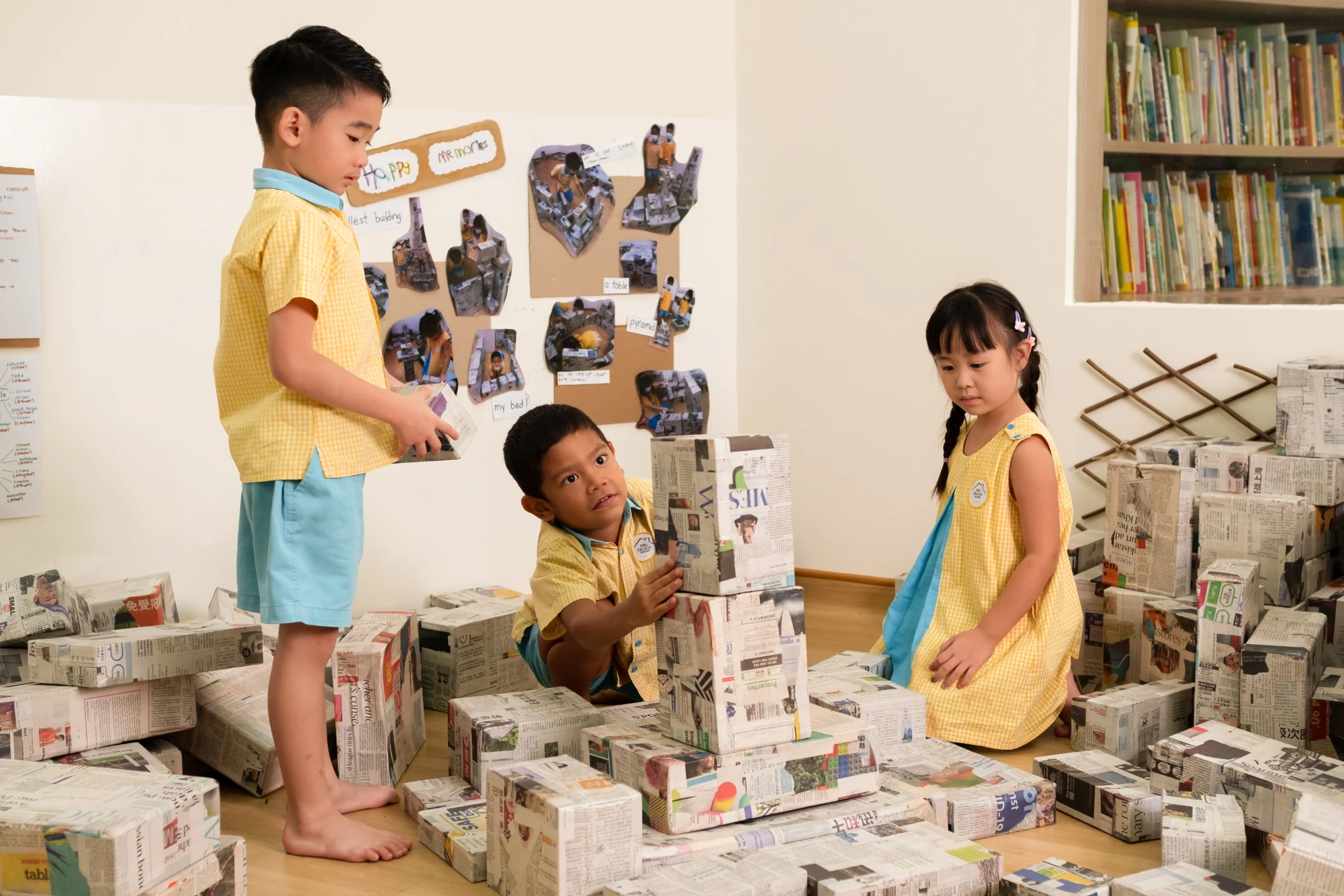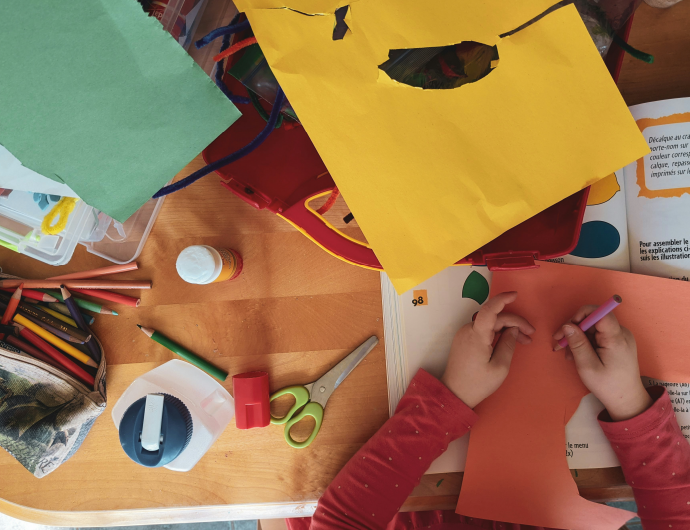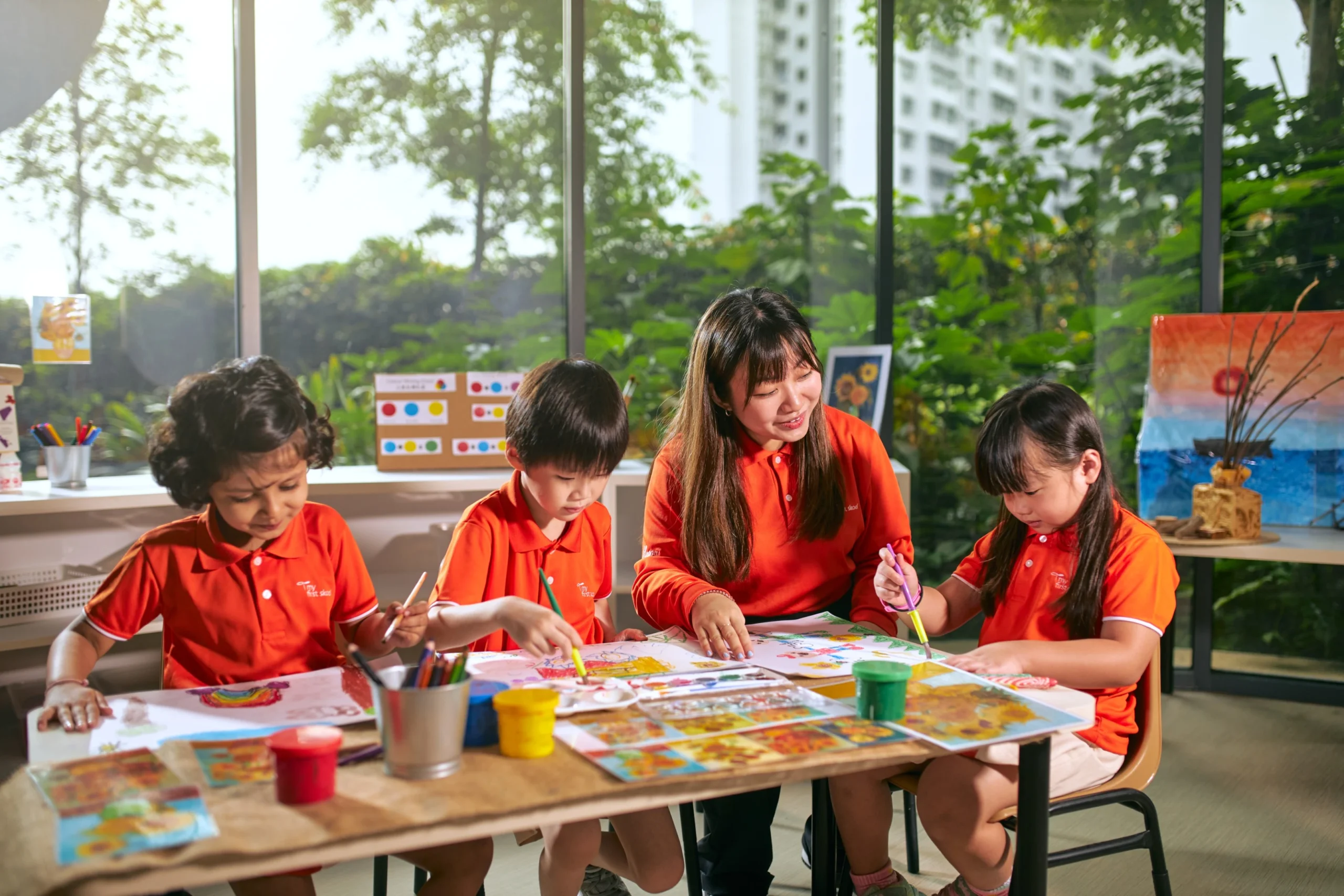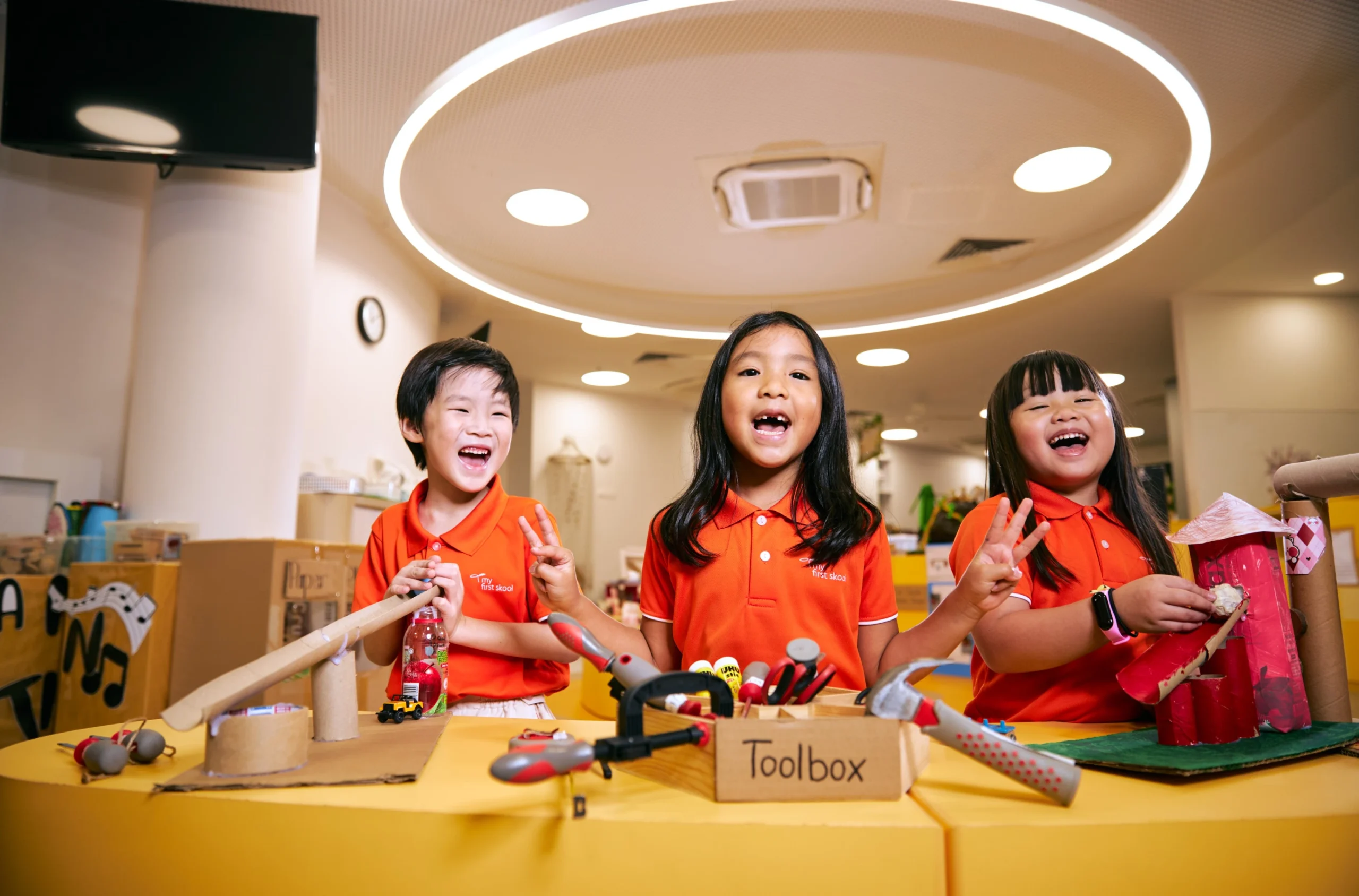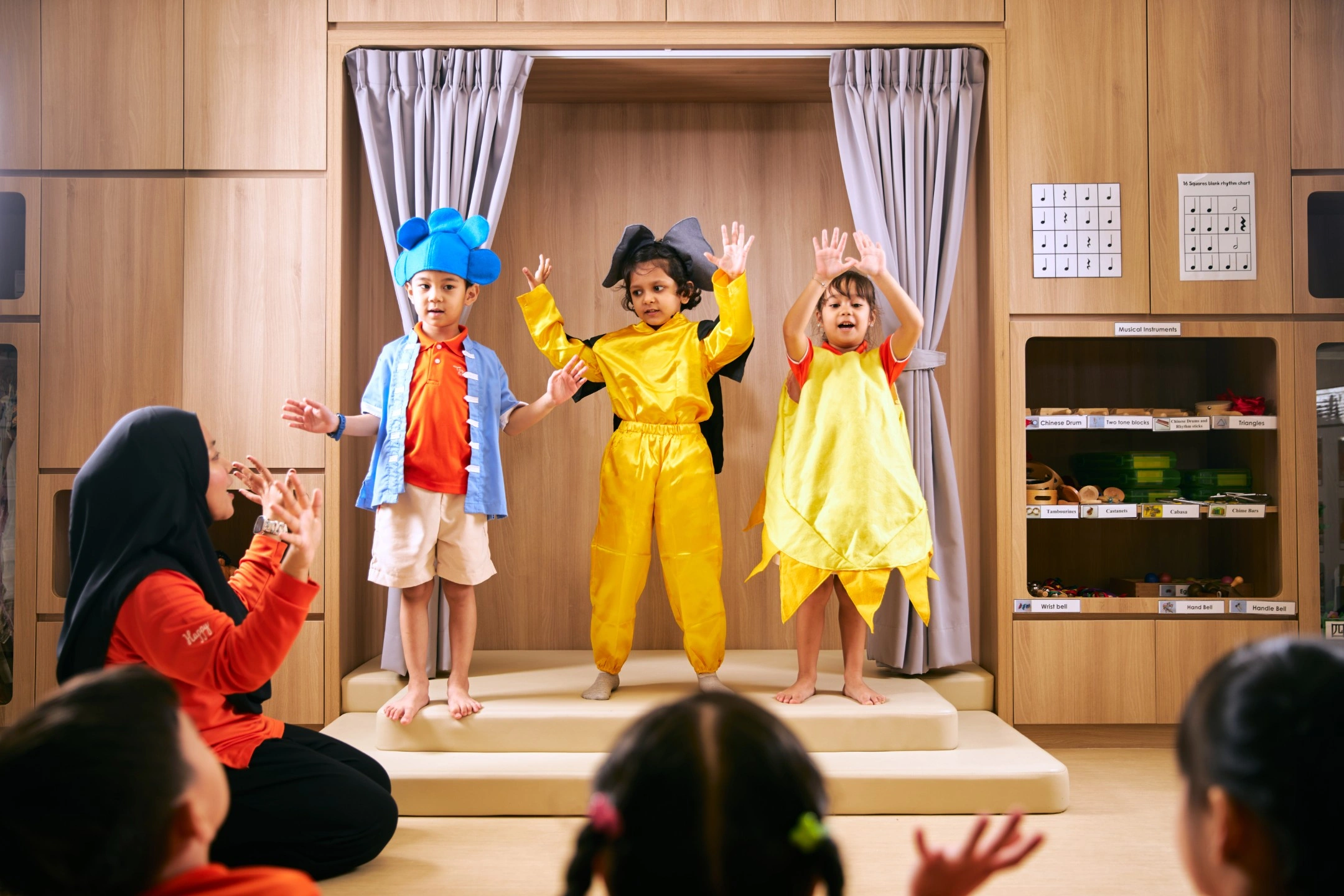How can we help?
A 6-Step Guide for Your Child’s Show and Tell in Singapore (2025)
Activities
Learning Environment
For many young children in Singapore, Show and Tell is one of their first experiences speaking in front of a group. Beyond being a fun classroom tradition, it plays a key role in nurturing communication, emotional expression, and confidence — and even contributes to a child’s English language development.
Show and Tell is a significant component of early education, contributing to a child’s English language score and essential skills.
As a parent, you play a crucial role in helping your child embrace this experience with excitement instead of fear. At My First Skool, experiences like Show and Tell are naturally part of daily learning, supporting children as they build confidence and communication skills over time.
In this guide, we’ll walk you through a simple 6-step journey to help your child prepare for their first Show and Tell, from picking the right topic to shining confidently on stage.
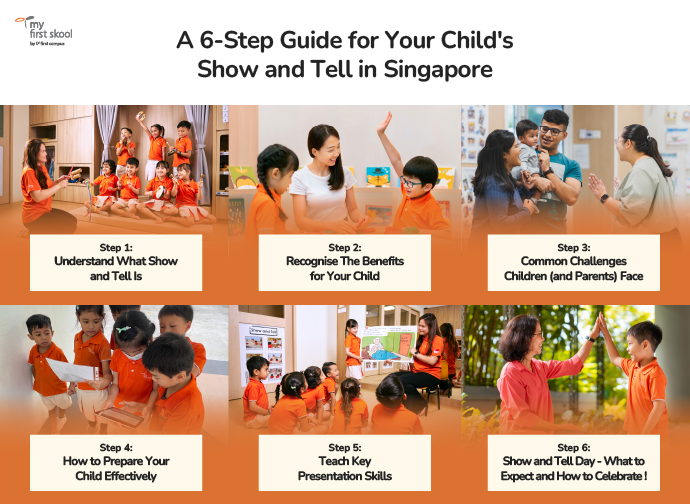
Step 1: Understand What Show and Tell Is
Show and Tell is a cherished classroom tradition that goes beyond simply showing off a favourite toy. It’s a dynamic activity designed to help children develop essential skills that will serve them for years to come.
At its core, Show and Tell is a chance for children to bring something from home, like a treasured book, a special toy, or even a meaningful memory, and explain its significance to their classmates.
In many Singaporean preschools, Show and Tell is an opportunity for children to practice public speaking in a safe, supportive environment, helping them gain confidence in themselves and their ability to communicate.
Step 2: Recognise the Benefits for Your Child
Show and Tell is more than just a fun classroom activity; it is an opportunity to create interesting presentations that capture the audience’s attention.
Here are some key benefits your child will gain through this valuable experience:
Language Development
Show and Tell encourages children to use a wider range of vocabulary, practice their articulation, and form coherent sentences. By explaining their thoughts and ideas clearly, they also develop listening skills, which help them become better communicators overall.
Confidence Building
Presenting in front of peers helps children overcome their fears of public speaking and boosts their self-esteem. The more they practice, the more confident they become, not just in the classroom, but in social interactions, group work, and later in life.
Emotional Expression
Through Show and Tell, children learn to articulate their feelings, thoughts, and personal experiences. This encourages them to reflect on their emotions and express themselves openly, fostering emotional intelligence.
Organisation of Thoughts
To effectively communicate in front of an audience, children must organise their thoughts logically. Show and Tell enhances critical thinking and helps them structure their ideas in a clear, engaging manner.
Respectful Listening
Show and Tell isn’t just about speaking; it’s also about listening. When children watch their peers present, they learn to be attentive, respectful, and patient. Active listening helps them develop empathy and fosters a culture of respect, both of which are invaluable life skills.
📝 Quick Takeaway:
Show and Tell nurtures language, confidence, emotional intelligence, critical thinking, and listening skills — all at once!
Step 3: Common Challenges Children (and Parents) Face
While Show and Tell is a wonderful learning experience, it can come with its fair share of challenges. Clear instructions from teachers can help overcome these challenges by guiding parents and students on how to effectively prepare their presentations.
As a parent, understanding these hurdles will help you better support your child through the process and ensure a positive experience:
- Shyness or Stage Fright. It’s common for children to feel nervous or shy about speaking in front of others, especially when it’s their first time. As a parent, you can help ease this fear by encouraging practice and reassuring them that it’s okay to feel nervous.
- Difficulty Organising Thoughts. Some children may have trouble organising their thoughts or explaining things in a logical order. This is perfectly normal, and it’s part of their development. Teach them how to structure their ideas more coherently, which will help them become better communicators in the future.
- Over-Coaching vs. Authentic Speaking. While it’s important to guide and help your child practice, the goal is to ensure that they speak in their own words. Over-coaching can take away their confidence and stifle their creativity, so let them lead the conversation as much as possible.
📝 Quick Takeaway:
Show and Tell challenges like stage fright and disorganised thoughts can be overcome with support, boosting confidence and authenticity!
Step 4: How to Prepare Your Child Effectively
Preparing your child for Show and Tell doesn’t have to be stressful. Providing relevant information can help in preparation, making your child feel confident and excited about presenting.
Here are some practical tips to ensure a smooth and enjoyable preparation process:
Pick a Familiar and Loved Topic
The best Show and Tell topics are those that your child is passionate about or feels a strong connection to. Choosing an item that holds personal significance will make your child feel more comfortable and confident, such as:
- A favourite toy
- A cherished book
- A souvenir from a memorable family trip
Use Props for Comfort
Props are a great way to help your child feel at ease while speaking. Bringing an object from home, such as a favourite stuffed animal, a special drawing, or a photo from a recent holiday, can give them something familiar to focus on, easing any nervousness.
Practice with Gentle Guidance
While it’s important to let your child express themselves authentically, gentle guidance can help them feel more prepared. Ask open-ended questions at home to get them thinking about their topic and its significance. For example:
- “Where did you find it?”
- “How long have you had it?”
- “Why is it special to you?”
📝 Quick Takeaway:
Choose a familiar topic, use comforting props, and practice with gentle guidance to help your child shine during Show and Tell!
Step 5: Teach Key Presentation Skills
While Show and Tell is a fun activity, it also serves as an early introduction to essential presentation skills.
Teaching your child some basic techniques can help them present with confidence and clarity. Here are a few simple skills to focus on:
Good Posture and Eye Contact
Encourage your child to stand tall, with their feet still and together, which helps project confidence. Maintaining eye contact with their audience (rather than focusing solely on the item) will help them engage with their peers and feel more connected.
These small but impactful body language tips will boost their confidence and make their presentation more compelling!
Clear and Loud Voice
A common challenge for young children is speaking clearly and loudly enough for everyone to hear. Encourage your child to speak slowly, project their voice, and articulate their words.
Practising at home in front of a mirror or with family members can help them get used to speaking loudly and confidently.
Engage with the Audience
Engaging with other students can make the presentation more interactive. This helps build a connection with the audience and makes the presentation feel more interactive. It also boosts your child’s comfort level with public speaking.
📝 Quick Takeaway:
Teach good posture, clear speaking, and audience engagement to help your child present confidently and effectively during Show and Tell!
Step 6: Show and Tell Day — What to Expect and How to Celebrate!
The big day has arrived! Your child is ready to step into the spotlight and share their story with the class during the Show and Tell session. But how can you ensure the day goes smoothly, and how can you celebrate your child’s achievement afterwards?
What to Expect on Show and Tell Day
On the day of their presentation, encourage your child to stay calm and excited. It’s completely normal for nerves to kick in, but remind them that everyone is there to listen and support.
Teachers typically guide the children through their presentations in a structured way, which means your child won’t be alone in the spotlight. They will have time to introduce their topic and share their thoughts with their classmates.
Your child might feel nervous just before going up, but the more they practice, the easier it will become. Give them a reassuring hug and a few encouraging words before they go up to present. Let them know that you believe in them and that it’s okay to take their time.
Celebrate the Achievement!
After the presentation, take time to celebrate your child’s effort, no matter how they performed.
Praise their bravery for speaking in front of the class, their effort in preparing, and their ability to communicate clearly. If they made it through their first Show and Tell, that’s a huge achievement!
📝 Quick Takeaway:
Celebrate your child’s Show and Tell success by praising their bravery, preparation, and communication skills—every effort is a big win!
Next Steps: Building Confidence Beyond Show and Tell
While Show and Tell is an important milestone, it’s just one of many opportunities to help your child grow into a confident communicator. Public speaking and self-expression are lifelong skills that can be further developed through everyday activities and encouragement.
At My First Skool, we believe in providing continuous opportunities for your child to express themselves and build confidence in a supportive environment.
Here are a few ways to nurture your child’s communication skills both at home and through our enriching programs:
- Create Daily Opportunities for Speaking. Encourage your child to share stories about their day, ask questions, or even lead a mini “Show and Tell” at home with family members. In our classrooms, we also give children plenty of chances to speak in front of peers and express themselves freely.
- Read Aloud Together. Reading books aloud can help your child develop fluency, pronunciation, and confidence in speaking. At My First Skool, we incorporate storytelling sessions into daily activities, helping children develop language skills while enjoying fun and imaginative narratives.
- Play Interactive Games. Games like “20 Questions” or “Guess the Object” promote communication and critical thinking in a fun, low-pressure way. My First Skool uses engaging activities to foster these skills, encouraging your child to think creatively while communicating their ideas.
By incorporating these practices into your child’s routine, and with the support of My First Skool’s nurturing environment, you’ll help them develop a strong foundation for expressing themselves with clarity and confidence — skills that will serve them well in Show and Tell and beyond.
Empower Your Child to Shine with Confidence
At My First Skool, we believe that every child has a story worth sharing.
Show and Tell is a special opportunity for your child to develop crucial life skills that will serve them far beyond the classroom.
With the right support, practice, and encouragement, your child will not only succeed in Show and Tell but also grow in confidence, communication, and emotional expression.
We strive to create an environment where your child feels confident to express themselves, connect with others, and thrive in a supportive community. By nurturing these skills through our preschool curriculum, we help your child grow into a strong communicator, ready to take on new challenges with confidence.
Because when children feel supported, they don’t just participate — they soar.
Over 160 Centres Islandwide – Quality Childcare, Minutes from Home
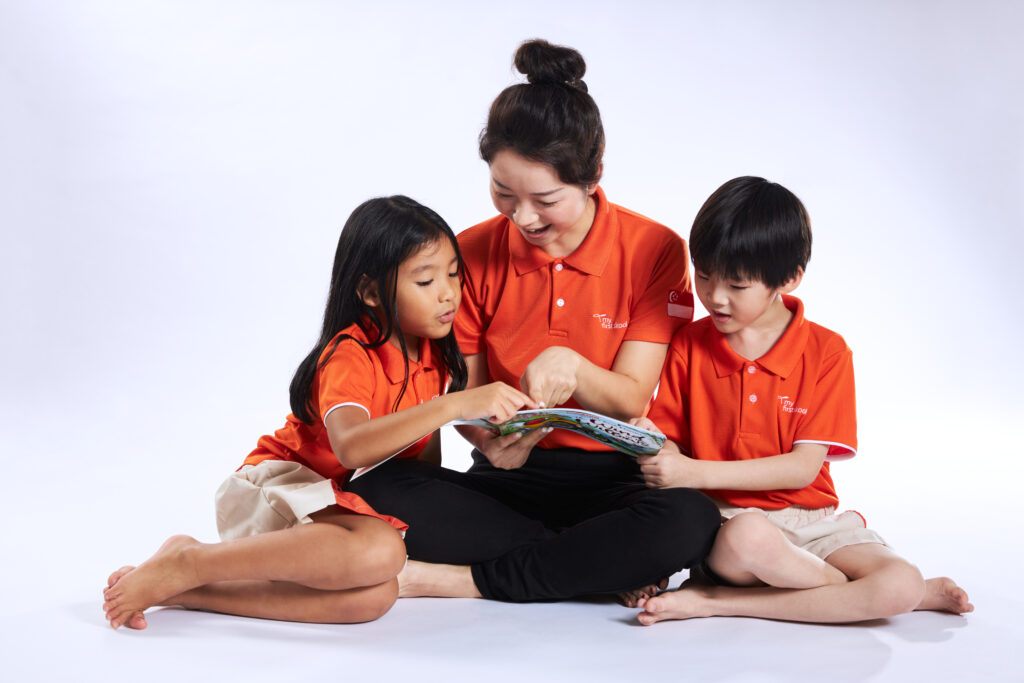
Every year, over 26,000 families all across Singapore see their children benefit from our relationship-based curriculum – one that emphasises forging strong bonds between children, teachers and parents.
Find a centre near you or take a virtual tour to explore our learning environments and learn how your child can thrive.

